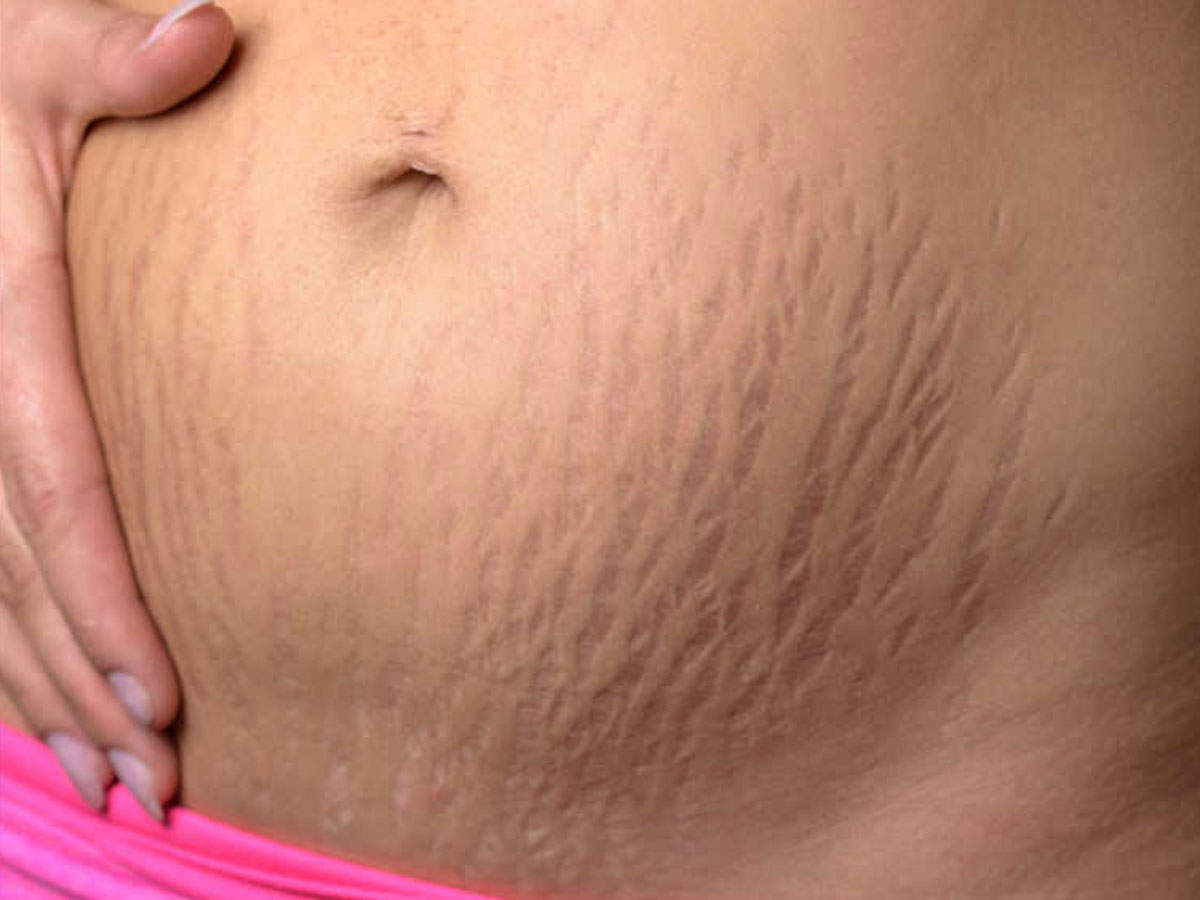Pregnancy causes many unpleasant changes such as melasma, hirsutism, striae, acne breakouts and hair loss. Although most of these are temporary, it can still be distressing for a mother. The health of mother and baby are paramount thus though some procedures are generally safe, it is still recommended to delay aesthetic procedures till after pregnancy.
Which Conditions Are Safe To Be Treated During Pregnancy?
- Acne
Chemical peels are used in the treatment of moderate to severe acne. Chemical peels such as glycolic, salicylic or Jessner’s peels are considered safe as research show negligible systemic levels.
Blue Light Therapy is the safest treatment for acne, using the blue range of the light spectrum to kill the bacteria and slowly heal the skin - Pigmentation
Most pregnant women will experience hyperpigmentation over the face( chloasma) nipples, armpits, groin and have a dark line running along the centre of the belly(linea nigra). The hyperpigmentation usually resolves after pregnancy. However, for those who wish to improve their complexion, HydraFacial is recommended as the ingredients used are safe.
Which Aesthetic Procedures Are Not Recommended During Pregnancy?
- Dermal Fillers/ Thread Lifts: Problems of hypersensitivity, poor healing with the increased risk of keloid formation and hyperpigmentation of injection sites.
- Botulinum Toxin: Recommended to avoid during pregnancy. the exception is in the treatment of migraine.
- Lasers: Skin reactions are unpredictable during pregnancy and the risk of hyperpigmentation is higher. Thus best to avoid.
Post-Pregnancy Linked Aesthetic Conditions and Treatments
Melasma and Hyperpigmentation
50-70% of pregnant women will be affected by melasma or last known as chloasma or ‘mask of pregnancy’. It is characterised by symmetrical dark patches on cheeks, upper lips, forehead and chin. Hyperpigmentation occurs as a dark line down the centre of belly called linea nigra, darkening of the nipple, underarms, neck and groin. The changes are triggered by an increase in oestrogen that stimulates an increase in melanin.
Treatments
Melasma is a difficult condition to treat. Over the counter, creams are not very effective. Procedures such as chemical peels are ideal to clear melasma and safe when breastfeeding. Read more on melasma
Hair Loss

Postpartum alopecia can occur during the first few months after childbirth. It occurs with some women and not in every pregnancy. Usually temporary and stops after the 3rd month with regrowth occurring from 3rd to 6th month. However, those with susceptibility to female pattern baldness can experience no recovery with continued hair loss. Read more on female pattern baldness
If the hair fall is not slowing down after 3 months, best to seek medical advice as there may are other medical conditions such as low ferritin or thyroid hormone levels contributing o the hair fall Read more on Telogen Effluvium
Striae Distensae

Stretch marks or striae occur due to tearing of the dermis during the rapid growth of an area of the body such as in pregnancy. It is a form of scarring. When it first appears it tends to be red, purple or reddish-brown or dark brown depending on skin colour. Early stretch marks can be slightly raised and itchy Over time the colour fades and the area over the stretch marks is depressed and white in colour.
Treatments for Stretch Marks
Stretch marks are atrophic scars and are difficult to remove. Over the counter, creams are not as effective as much as procedures are done in a clinic. Such procedures are:
- IPL: To reduce the redness
- Chemical Peels: To resurface and make the marks look not so obvious
- Sublative RF: To stimulate collagen to improve the appearance of the scar
- Polynucleotide S
- Skin Boosters with Hyaluronic acid
- Topical Tretinoin
Since most atrophic scars are acne scars. Read more about the above treatments in treatments for acne scars
Excess Weight
Some women find it difficult to regain the pre-pregnancy weight. Stress, hypothyroidism, fluid retention can be contributing factors. In some cases, it is due to a mistaken belief that since they are breastfeeding, they can eat more. Since medical reasons can be contributing factors as well as need to have a good diet if breastfeeding, best to seek medical management for weight loss. Read more on the weight loss programme
Fat Bulges
After weight loss, some women have fat bulges over the tummy, hips, outer and inner thighs that will go away despite weight loss diet and exercise. Due to hormonal influence, it can be difficult to flatten these fat bulges as well as reduce cellulite. Z Lipo uses cryolipolysis technology to kill off fat cells and gradually reduce fat bulges and cellulite. Read more on Zimmer Lipo fat reduction
Skin Tags
Skin tags are small fleshy growths that typically occur on areas where could be prone to skin rubbing against itself causing friction, such as :
- Eyelids
- Neck
- Armpits
- Breast (under)
- Groin
- Vagina
Causes are genetic and hormonal changes during pregnancy.
Skin tags can be unsightly and at times become painful and bleed after being accidentally scratched or caught in clothing. Treatment is complete and immediate removal using a carbon dioxide laser. Take note that although once removed the skin tag does not grow back but you can still get new skin tags elsewhere in the future. Post laser there may be a tendency for post-inflammatory hyperpigmentation which can be removed through chemical peels and lightening creams.




